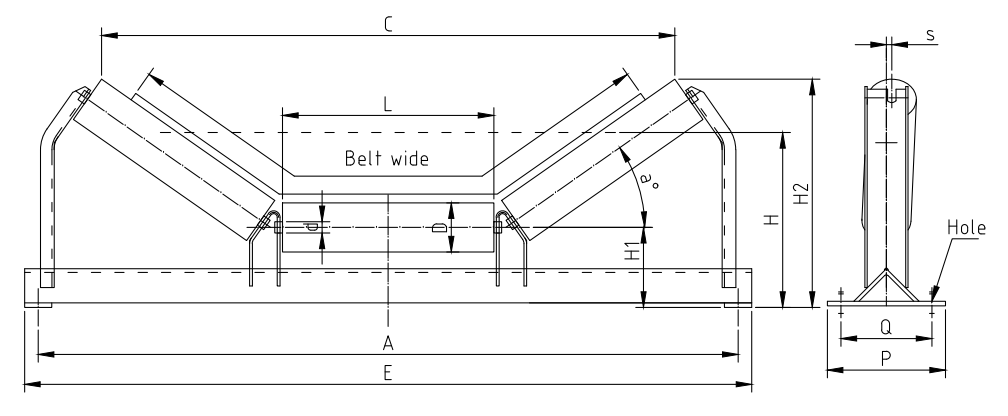 Afrikaans
Afrikaans  Albanian
Albanian  Amharic
Amharic  Arabic
Arabic  Armenian
Armenian  Azerbaijani
Azerbaijani  Basque
Basque  Belarusian
Belarusian  Bengali
Bengali  Bosnian
Bosnian  Bulgarian
Bulgarian  Catalan
Catalan  Cebuano
Cebuano  Corsican
Corsican  Croatian
Croatian  Czech
Czech  Danish
Danish  Dutch
Dutch  English
English  Esperanto
Esperanto  Estonian
Estonian  Finnish
Finnish  French
French  Frisian
Frisian  Galician
Galician  Georgian
Georgian  German
German  Greek
Greek  Gujarati
Gujarati  Haitian Creole
Haitian Creole  hausa
hausa  hawaiian
hawaiian  Hebrew
Hebrew  Hindi
Hindi  Miao
Miao  Hungarian
Hungarian  Icelandic
Icelandic  igbo
igbo  Indonesian
Indonesian  irish
irish  Italian
Italian  Japanese
Japanese  Javanese
Javanese  Kannada
Kannada  kazakh
kazakh  Khmer
Khmer  Rwandese
Rwandese  Korean
Korean  Kurdish
Kurdish  Kyrgyz
Kyrgyz  Lao
Lao  Latin
Latin  Latvian
Latvian  Lithuanian
Lithuanian  Luxembourgish
Luxembourgish  Macedonian
Macedonian  Malgashi
Malgashi  Malay
Malay  Malayalam
Malayalam  Maltese
Maltese  Maori
Maori  Marathi
Marathi  Mongolian
Mongolian  Myanmar
Myanmar  Nepali
Nepali  Norwegian
Norwegian  Norwegian
Norwegian  Occitan
Occitan  Pashto
Pashto  Persian
Persian  Polish
Polish  Portuguese
Portuguese  Punjabi
Punjabi  Romanian
Romanian  Russian
Russian  Samoan
Samoan  Scottish Gaelic
Scottish Gaelic  Serbian
Serbian  Sesotho
Sesotho  Shona
Shona  Sindhi
Sindhi  Sinhala
Sinhala  Slovak
Slovak  Slovenian
Slovenian  Somali
Somali  Spanish
Spanish  Sundanese
Sundanese  Swahili
Swahili  Swedish
Swedish  Tagalog
Tagalog  Tajik
Tajik  Tamil
Tamil  Tatar
Tatar  Telugu
Telugu  Thai
Thai  Turkish
Turkish  Turkmen
Turkmen  Ukrainian
Ukrainian  Urdu
Urdu  Uighur
Uighur  Uzbek
Uzbek  Vietnamese
Vietnamese  Welsh
Welsh  Bantu
Bantu  Yiddish
Yiddish  Yoruba
Yoruba  Zulu
Zulu different types of conveyor rollers
Different Types of Conveyor Rollers
Conveyor systems are an essential component of material handling processes in various industries, from manufacturing to distribution. At the heart of these systems are conveyor rollers, which play a pivotal role in transporting materials efficiently. Understanding the different types of conveyor rollers is crucial for selecting the right equipment for specific applications. In this article, we will explore the various types of conveyor rollers, their features, and their applications.
1. Live Roller Conveyors
Live roller conveyors are designed with powered rollers that drive the conveyor belt. They are commonly used in environments where items need to be transported at variable speeds or where accumulation is necessary. The powered rollers can be driven by a motorized belt located underneath the rollers or by direct drive systems. This type of conveyor roller is ideal for moving products like cartons, pallets, and packages, providing an efficient means of transporting goods while allowing for accumulation, merging, and diverting of items.
2. Gravity Roller Conveyors
Gravity roller conveyors utilize the force of gravity to move items down a sloped surface. These conveyors are typically made with a series of parallel rollers that allow products to roll along the surface without the need for power. Gravity roller conveyors are particularly advantageous for applications where loads need to move downhill or where manual loading and unloading are feasible. They are commonly used in warehouses and shipping facilities for sorting and transporting packages.
3. Heavy-Duty Rollers
For transporting heavy loads, heavy-duty conveyor rollers are essential. These rollers are constructed from robust materials like steel and are designed to support a significant weight while maintaining structural integrity. Heavy-duty rollers are typically used in industries such as manufacturing, steel processing, and mining, where large and heavy materials need to be moved. They provide durability and strength, essential for environments with high loads and demanding conditions.
different types of conveyor rollers

Impact rollers are specifically designed to absorb shock and protect the conveyor system from damage during the loading process. They are commonly installed at points where materials are dropped onto the conveyor, such as at feed chutes. Impact rollers are equipped with features like rubber coverings or specialized end caps that cushion the impact of heavy materials, reducing wear and prolonging the life of the conveyor. These rollers are crucial in industries where harsh handling of materials is inevitable.
5. Idler Rollers
Idler rollers support the conveyor belt’s movement and help maintain its tension. These rollers are typically not powered but play an essential role in ensuring the smooth operation of the conveyor system. Idler rollers are used in various types of conveyor systems, including belt conveyors, to guide and support the belt as it travels. They are available in various sizes and configurations, depending on the specific requirements of the conveyor system.
6. Roller Bed Conveyors
Roller bed conveyors consist of a series of rollers placed close together, forming a flat surface for items to roll over. This design minimizes friction, making it easier to move heavy loads. Roller bed conveyors are ideal for transporting products over long distances, as they provide a smooth and efficient passage while minimizing wear on the conveyor components. They are commonly used in warehouses, distribution centers, and manufacturing facilities.
7. Specialty Rollers
In addition to standard roller types, there are also specialty rollers designed for specific applications. These include rollers with features such as stainless steel construction for food service environments or rollers with anti-static properties for handling electronic components. Specialty rollers can be customized to meet unique industry demands, ensuring optimal performance in diverse environments.
Conclusion
Understanding the different types of conveyor rollers is essential for optimizing material handling processes. Each type of roller has its unique features and applications, making it important to select the right roller for specific operational needs. By considering factors such as load capacity, material type, and the specific requirements of the conveyor system, businesses can enhance their efficiency and productivity. With the right conveyor roller in place, organizations can ensure smooth and reliable operations, ultimately leading to improved logistics and supply chain management.
-
Revolutionizing Conveyor Reliability with Advanced Rubber Lagging PulleysNewsJul.22,2025
-
Powering Precision and Durability with Expert Manufacturers of Conveyor ComponentsNewsJul.22,2025
-
Optimizing Conveyor Systems with Advanced Conveyor AccessoriesNewsJul.22,2025
-
Maximize Conveyor Efficiency with Quality Conveyor Idler PulleysNewsJul.22,2025
-
Future-Proof Your Conveyor System with High-Performance Polyurethane RollerNewsJul.22,2025
-
Driving Efficiency Forward with Quality Idlers and RollersNewsJul.22,2025





























